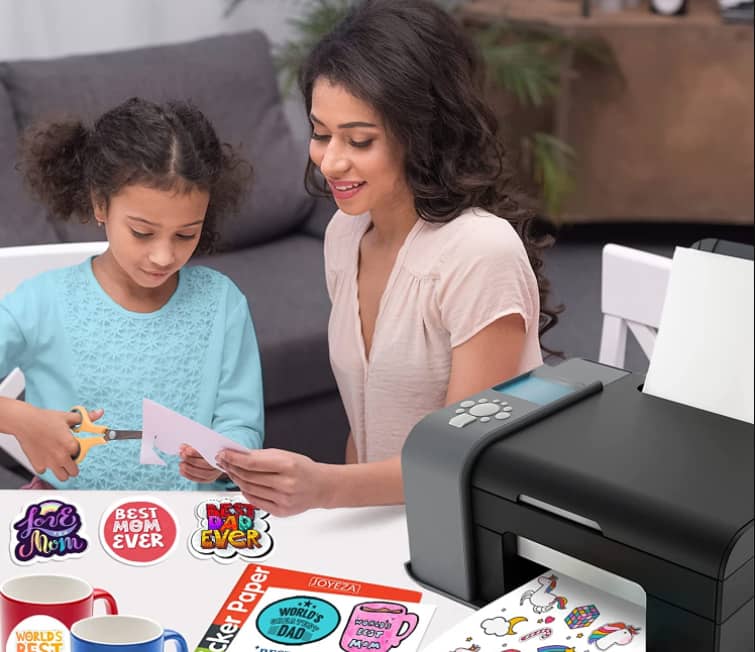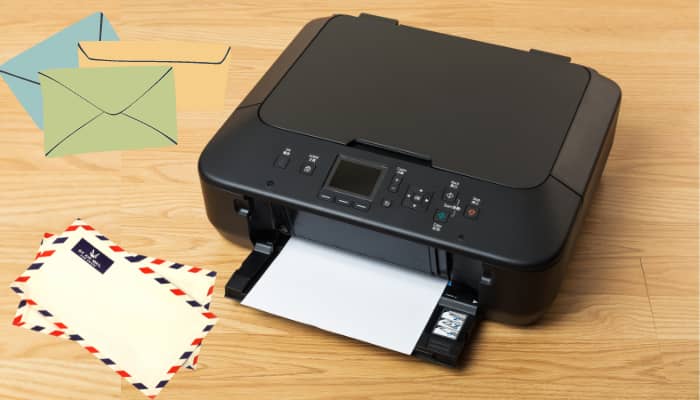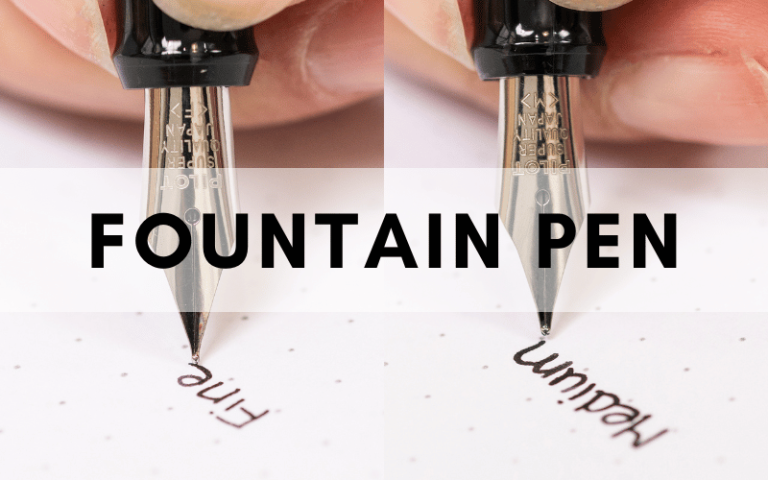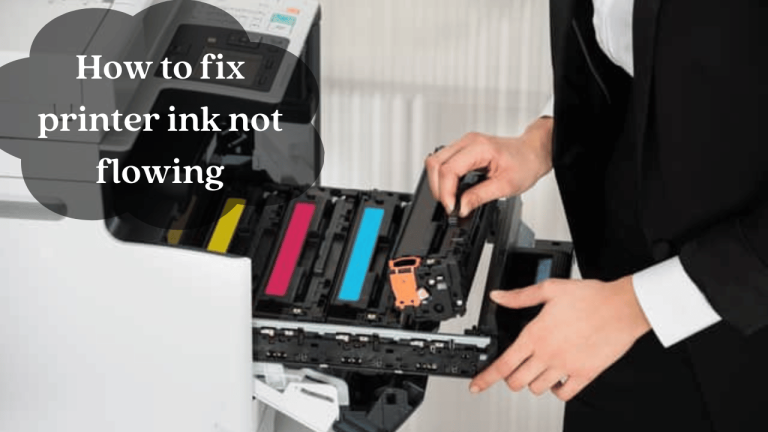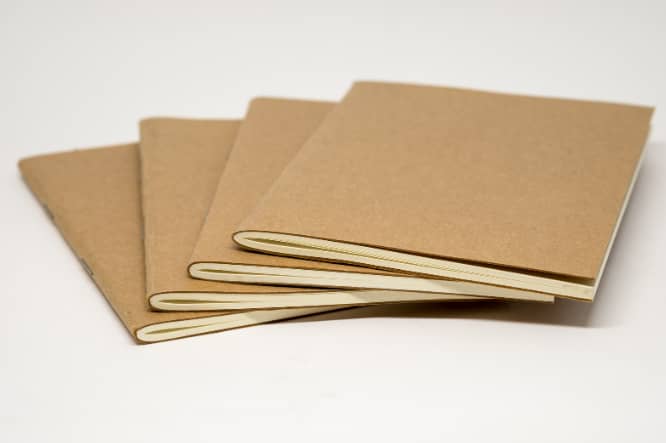In the fast-paced world of modern business, the design of a professional office space plays a crucial role in determining the success and productivity of its occupants. The decor of an office is more than just a visual statement; it profoundly impacts employee morale, focus, and overall work efficiency. A well-designed workspace can inspire creativity, reduce stress, and foster a positive work environment, ultimately contributing to the organization’s success.
This article aims to provide actionable professional office decor ideas specifically designed to enhance productivity. Whether you’re a business owner, office manager, or professional looking to optimize your workspace, these tips will help you create an environment where both you and your team can thrive.
Psychology of Workspace Design
The Impact of Colors on Productivity
Colors play a significant role in shaping mood and focus within the workspace. For instance, blue tones are known to enhance concentration, while green promotes calmness and balance. Warmer colors like yellow can stimulate creativity but should be used sparingly to avoid over stimulation. A balanced color palette incorporating these hues can create a productive and harmonious office environment.
Lighting: Natural vs. Artificial
Natural light is essential for boosting productivity and maintaining well-being. It helps regulate circadian rhythms, reduces eye strain, and improves mood. To maximize natural light, position workstations near windows and use light, reflective surfaces. For artificial lighting, opt for adjustable LED lights that mimic natural daylight to create a consistent and comfortable working atmosphere.
Ergonomics and Comfort
Ergonomic furniture is crucial for sustaining productivity and preventing physical strain. Adjustable chairs, sit-stand desks, and proper monitor placement support comfort and reduce the risk of musculoskeletal issues. A comfortable, ergonomically designed workspace allows employees to focus on their tasks without the distraction of discomfort or fatigue, leading to better performance and job satisfaction.
Professional Office Decor Ideas
Office Layout and Organization
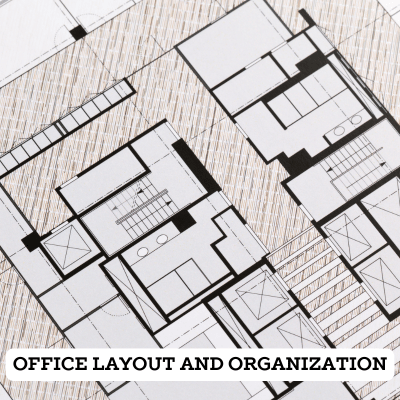
Open vs. Private Work spaces
Open office layouts encourage collaboration, creativity, and ease of communication but can sometimes lead to distractions and noise. In contrast, private offices offer focused work environments with fewer interruptions, promoting deep concentration but may isolate team members. To balance collaboration and privacy, consider a hybrid approach: create open spaces for teamwork and brainstorming, while incorporating quiet zones or private pods for focused tasks.
De-cluttering and Minimalism
A clutter-free workspace promotes clarity of thought and reduces stress, leading to increased productivity. Minimalism in the office involves keeping only essential items within reach and maintaining a clean, organized environment. Tips for an effective organization include using storage solutions like drawers, shelves, and labeled bins for office supplies, and implementing a daily tidying routine to keep personal items in check.
Zoning and Space Utilization
Creating designated zones within the office can optimize both workflow and space utilization. Establish specific areas for different activities, such as workstations for individual tasks, meeting areas for group discussions, and break zones for relaxation. In smaller offices, maximize space by using multi-functional furniture, vertical storage, and flexible layouts that can adapt to changing needs. This approach ensures that every square foot of the office contributes to productivity and comfort.
Personalizing Your Professional Space
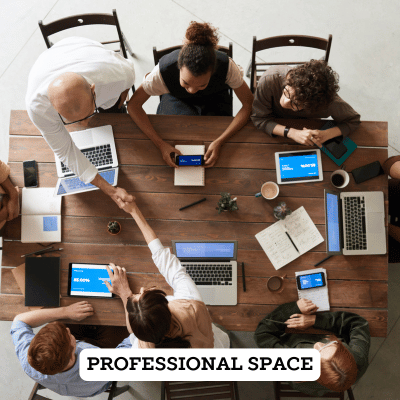
Incorporating Personal Touches
Personalizing your workspace can make it feel more comfortable and inviting, but it’s important to strike a balance between individuality and professionalism. Subtle personal items like framed photos, tasteful art, or a unique desk accessory can add character without overwhelming the space. Incorporating plants or small decor pieces that reflect your style can make your workspace feel more like your own while maintaining a polished, professional appearance.
Displaying Motivational and Inspirational Elements
Motivational quotes, art, and symbols of success can serve as daily reminders of your goals and help maintain focus and drive. Select pieces that resonate with your values and aspirations. Display them in areas where you can easily see them, such as above your desk or on a prominent wall, ensuring they inspire you without cluttering your space.
Incorporating Greenery
Indoor plants offer numerous benefits, including improved air quality and enhanced mental clarity. Plants like snake plants, pothos, and succulents are low-maintenance and thrive in office environments. Adding greenery to your workspace not only boosts your mood but also creates a calming atmosphere, helping you stay focused and energized throughout the day. Regularly water and care for your plants to keep them vibrant and healthy.
Technology and Productivity
Integrating Technology Seamlessly
Incorporating the right tech gadgets can significantly boost productivity in the office. Tools like standing desks, smart lighting systems, and noise-canceling headphones enhance comfort and focus throughout the day. Invest in cable management solutions such as under-desk trays, cable clips, and wireless chargers to maintain a clean and organised workspace. These reduce clutter and create a more efficient and visually appealing environment.
Creating a Tech-Friendly Environment
A tech-friendly workspace prioritizes accessibility and ease of use, ensuring that technology enhances rather than hinders productivity. Set up charging stations and docking systems in easily accessible areas to keep devices powered and ready. Consider wireless solutions, such as Bluetooth keyboards and mice, to minimize cable clutter and enhance mobility. Creating an environment where technology is seamlessly integrated will foster a more efficient and productive work atmosphere.
Designing a Collaborative Environment
Creating Inviting Meeting Spaces
To foster collaboration, design conference rooms and meeting areas that are both functional and welcoming. Incorporate round or oval tables to encourage open communication, and choose comfortable seating to ensure participants remain engaged during lengthy discussions. Equip these spaces with collaborative tools like whiteboards, interactive screens, and video conferencing technology to facilitate seamless idea-sharing and problem-solving.
Encouraging Interaction with Communal Areas
Communal areas like break rooms and lounges can be designed to promote informal interactions and build stronger team connections. Use comfortable, versatile furniture that can be easily rearranged to accommodate different group sizes. Incorporate elements like coffee stations, communal tables, and cozy seating nooks to create spaces where employees can relax and recharge while also encouraging spontaneous conversations that can lead to creative ideas. Striking a balance between relaxation and productivity in these areas ensures they serve as both a retreat and a hub for collaboration.
Final Touches for a Professional Look

Choosing the Right Art and Decor
Selecting art and decor that aligns with your company’s culture and values is essential for creating a cohesive and professional atmosphere. Opt for artwork that reflects your brand’s identity – whether through abstract pieces that inspire creativity, or landscapes that convey stability and growth. Additionally, display professional decor elements like awards, certificates, and branded items in strategic locations to showcase achievements and reinforce your company’s ethos. This not only enhances the office’s aesthetic but also instills pride and motivation among employees.
Maintaining the Space
A clean and well-maintained office environment is crucial for sustaining productivity and making a positive impression on clients and visitors. Regular cleaning and upkeep prevent clutter from accumulating and ensure that the space remains inviting. Encourage employees to contribute to this effort by promoting daily tidying habits and providing accessible storage solutions. Shared responsibility for maintaining the office’s cleanliness helps create a workspace that everyone can take pride in, ultimately leading to a more organized and efficient environment.
In summary, effective office decor strategies, including thoughtful color choices, ergonomic furniture, and well-designed workspaces, can greatly enhance productivity and morale. By implementing even small changes, such as incorporating personal touches or optimizing lighting, you can create a more engaging and efficient work environment. Start redesigning or refreshing your office space today with these ideas to foster a productive and inspiring atmosphere that supports both individual and team success.


